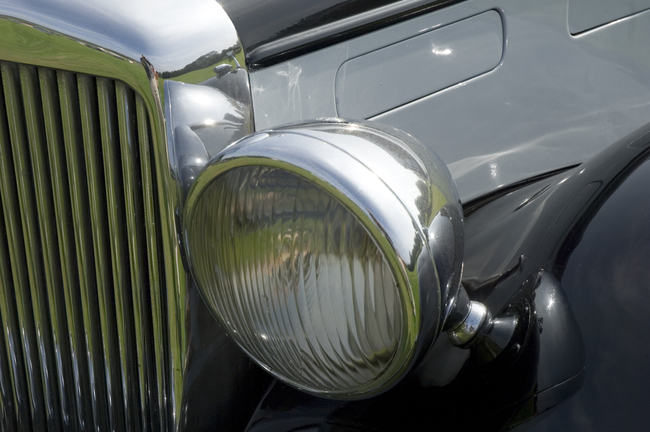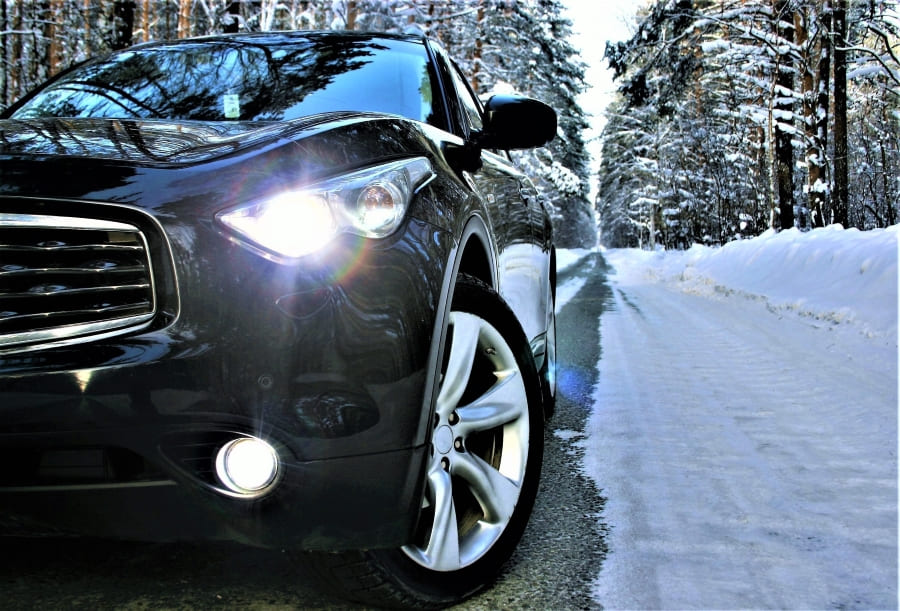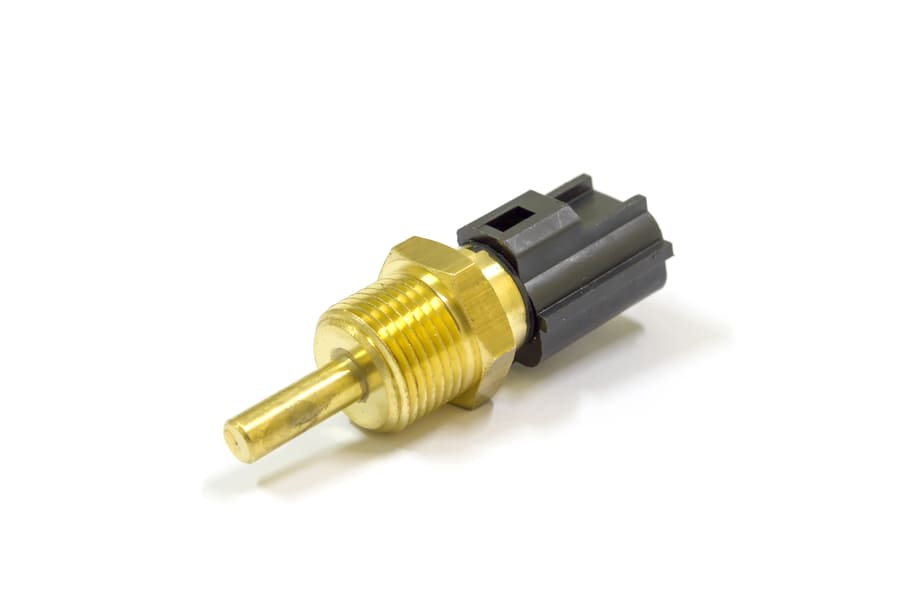
Contents
hide
FWD is the general term for front-wheel drive. It was installed for the first time on the Alvis roadster in 1928. It became widely used in the 1960s and 1970s. Nowadays, it is most popular in mid-size and compact cars.
How FWD works
The key components of drivetrain in FWD cars (transaxle) are:
- Gearbox: it is linked to the engine flywheel via a clutch or a hydraulic torque converter. It transmits torque from the engine to the final drive. It changes the gear ratio and this in turn helps to adjust the torque.
- Final drive: it changes the gearbox output torque and transmits it to the differential.
- Wheel differential: it distributes power between the front wheels. Often it is electronically locked and can be integrated into the gearbox casing.
- Axle shafts: they transfer the torque from the differential to the wheels.
FWD types and features
| Engine location | FWD layout | Advantages | Disadvantages | Cars with front-wheel drive |
| Longitudinal in front of the axle | The engine, final drive, and gearbox are aligned one behind the other |
|
|
Audi A4 B9, 80 В1, В2, 200 С2, 100 С2. Volkswagen Passat B2, Jetta Mk2; Renault 12, 18; Alfa Romeo Arna. |
| Longitudinal behind the axle |
|
|
Citroën DS; Renault 4, 5. |
|
| Longitudinal above the axle | The engine is mounted above the transmission or on its side |
|
|
Toyota Tercel L10; Cadillac Eldorado; Saab 99; Oldsmobile Toronado. |
| Transverse in front of the axle | The engine, final drive, and gearbox are aligned one behind each other |
|
|
Volkswagen Caddy SAB, SAA, Bora 1J6, Golf BA5, BV5; Opel Astra J, K; Škoda Fabia 545. |
| Transverse above the axle |
|
|
Peugeot 104, 204, 304, 205; Citroën Visa Super; Rover Mini. |








Comment